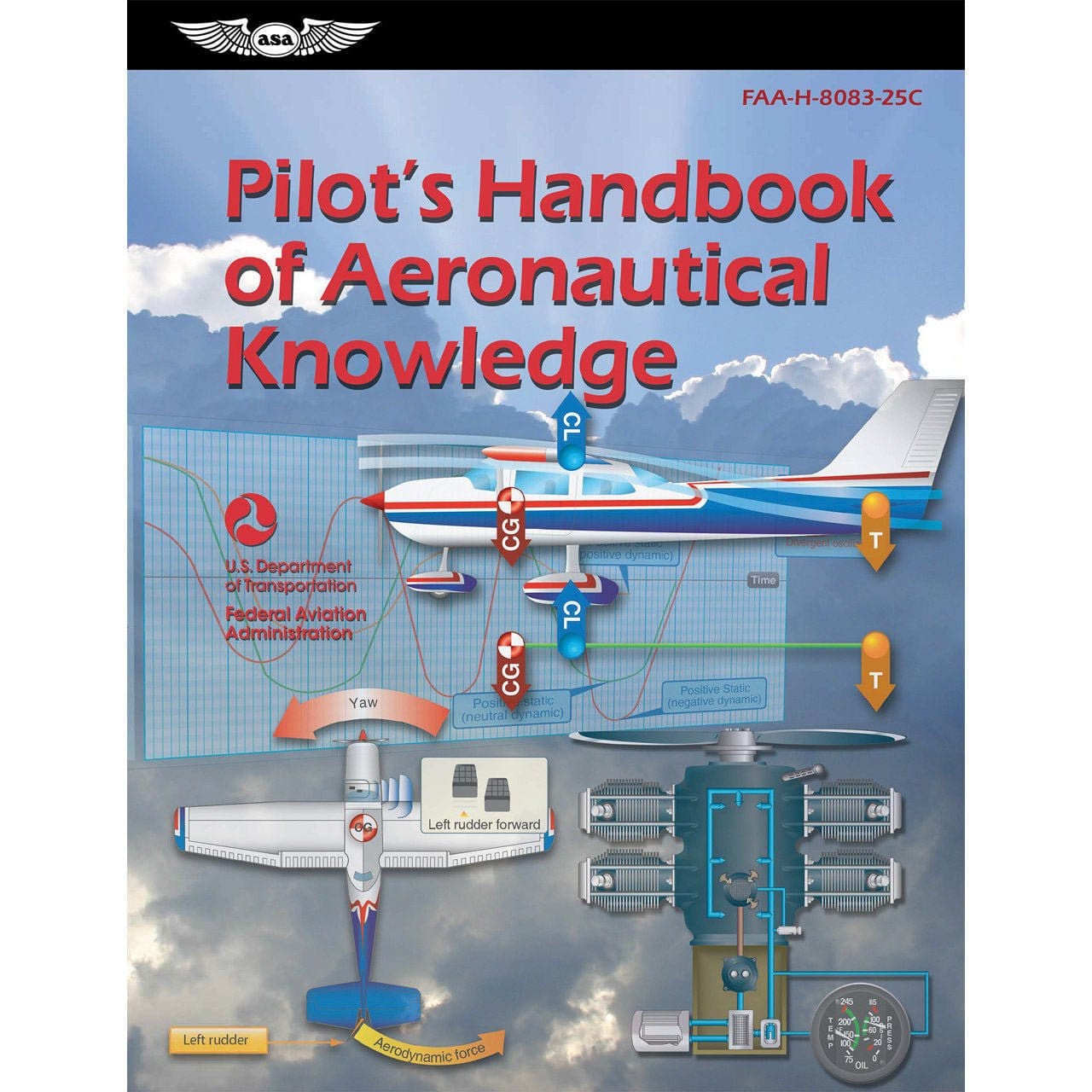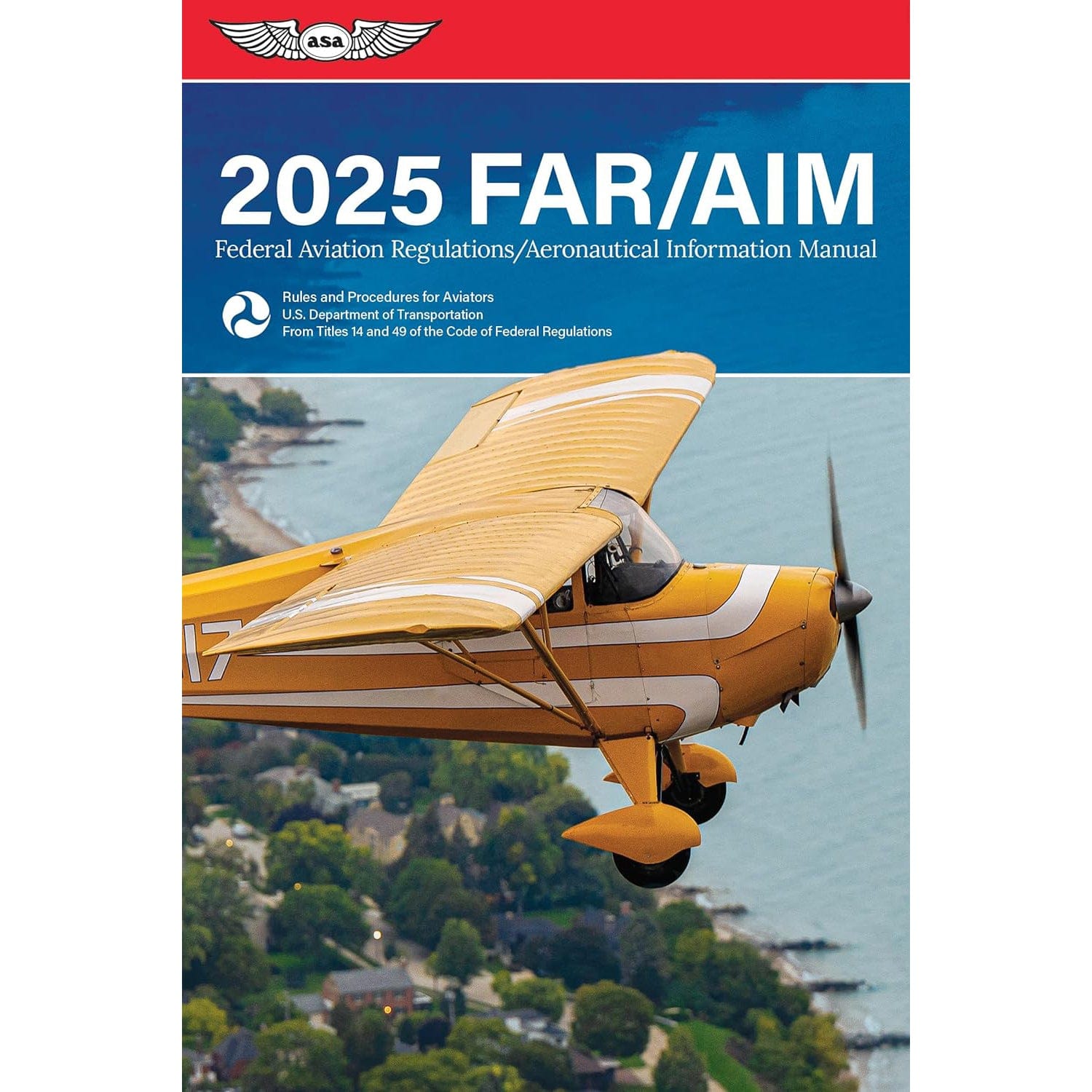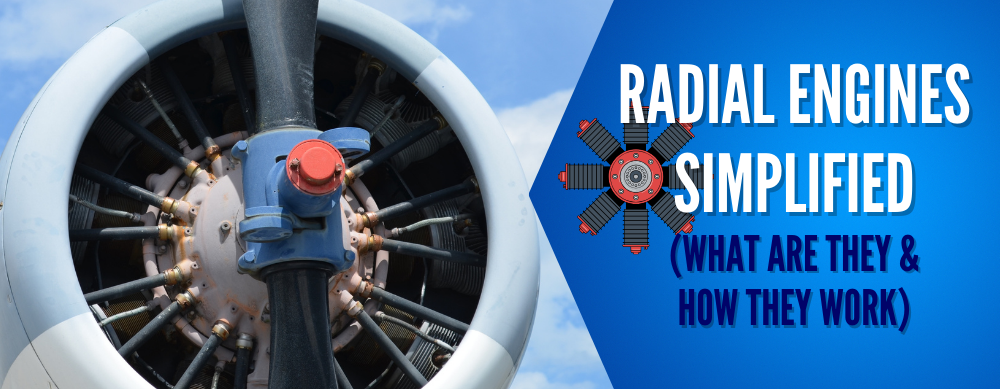Part of being a pilot is staying on top of the weather both before and during your flight. One important thing to keep up with is changing weather fronts. Cold fronts, warm fronts, stationary fronts, and occluded fronts—create varying weather patterns.
We'll help you understand what these patterns are and provide you with all the knowledge you'll need to know for your next flight.
SUMMARY
-
Weather fronts are where different air masses meet, creating various weather conditions.
-
Cold fronts tend to bring turbulence, wind, and thunderstorms as cold air pushes under warm air.
-
Warm fronts can still cause visibility issues, icing, and cloud layers.
-
Stationary and occluded fronts often result in prolonged bad weather.

The Four Types of Weather Fronts
Every front can behave differently, this is because each type has unique air masses. As a pilot, it's important for you to know how cold, warm, stationary and occluded fronts impact your flight plans.
Cold Fronts
Cold fronts happen when cold air charges in and forces warm air to quickly rise.
You’ll often see large, towering cumulonimbus clouds signaling potential thunderstorms, gusty winds, and turbulence.
What's important to remember about cold fronts is that they can move fast. Their arrival transforms calm skies into something much more hazardous.
You’ll likely experience a drop in temperature as the cold front moves through, along with wind gusts and turbulence.
Be sure to pay attention to squall lines that might develop, since these indicate the most intense weather along the front.
Warm Fronts
Now, a warm front is a lot slower and steadier than its cold counterpart, but that doesn’t mean it’s all just smooth sailing.
Warm air gently moves over cooler air and creates a thick layers of clouds, mist, and even light precipitation.
Warm fronts usually stretch across a wide area. Basically, you could be flying in low-visibility conditions for quite a while.
You’ll need to watch for icing, especially if there’s cold air trapped at lower altitudes. It’s not unusual to encounter freezing rain when flying near a warm front, so be on the look out for that.
Stationary Fronts
Sometimes, two air masses meet but don’t have enough force to budge each other.
This standoff creates a stationary front. This is where weather lingers over the same region for days. That’s bad news if you’re flying, since you’ll likely face extended periods of rain, fog, and low visibility.
While stationary fronts don’t produce the dramatic shifts in weather that cold or warm fronts do, the constant cloud cover and precipitation can make things much more complicated for your planned flight.
You may end up flying in IFR conditions for longer than expected, so keep that in mind during your pre-flight planning.
Occluded Fronts
Occluded fronts are a little trickier, as they happen when a cold front overtakes a warm front.
The weather you encounter with occluded fronts is often a blend of cold and warm front conditions. You can expect thick cloud layers, freezing rain, and possibly thunderstorms. But that all depends on how much moisture the air masses hold.
Flying near an occluded front often means dealing with unpredictable conditions. Occluded fronts my not move as fast as cold fronts, but they’re still something to keep your eye on. You might encounter icing or turbulence as the air masses collide and lift.

Impact of Cold Fronts on Flight
When you fly you might be wanting to experience an adventure, but with cold fronts it's not always the kind of adventure you want.
Cold fronts are known for bringing turbulence, heavy winds, icing, lower visibility and sometimes severe weather like thunderstorms or hail.
When that cold air pushes its way under a warmer air mass, it causes the air ahead of the front to rise rapidly, forming towering cumulonimbus clouds. These are your signals that turbulence and unpredictable winds are well on the way.
You’re likely to experience wind shifts as you cross a cold front, and turbulence is a given—especially at lower altitudes.
Cold fronts also bring gusty surface winds, which can make landing or taking off more challenging than usual.
And don’t forget the possibility of severe thunderstorms; these tend to line up along the cold front itself. If squall lines develop, avoid them at all costs.

Warm Fronts and Flight Planning
Warm fronts are more predictable than cold fronts, but that doesn’t mean they’re completely harmless.
As a warm air mass moves over colder air, clouds form in layers, often creating widespread low-visibility conditions.
Warm fronts usually bring light rain or drizzle and can stretch over large distances. Keep that in mind because it might cause you to be in IFR conditions for a while (great time to keep on top of if you need to use your alternate).
Watch for icing, especially when flying in colder climates. Warm fronts can trap colder air at lower altitudes, which can lead to freezing rain and ice accumulation on your wings.
While turbulence is generally less of a concern with warm fronts, the visibility and icing issues are enough to keep you on your toes.

Stationary Fronts and Their Effects on Flight
Stationary fronts can be frustrating because they don’t move much. You’re often stuck with the same weather for days on end, whether it’s low clouds, rain, or drizzle.
Flying through a stationary front means you’ll probably be dealing with extended IFR conditions (just like with warm fronts), and the cloud layers might not give you many opportunities to climb above them.
On the upside, stationary fronts don’t usually bring the severe thunderstorms or heavy turbulence that cold fronts do. But the constant rain, low ceilings, and fog can make for some long, tedious flights. If you’re planning a route near a stationary front, expect to fly in these conditions for a good part of your trip.

Occluded Fronts and Flying Hazards
Occluded fronts combine the worst traits of both cold and warm fronts.
So, an occluded front happens when a cold front catches up to a warm front. This makes the warm air get pushed up off the ground, leaving a mix of clouds, rain, and sometimes thunderstorms.
You could end up flying through multiple cloud layers and each one would bring a different set of challenges for you to face.
A front like this can definitely be hazardous because the weather tends to be more unpredictable. Icing is also a big problem since freezing rain can be common in occluded fronts. You also might have to deal with turbulence since different air masses clash. Keep an eye on the weather reports when flying near an occlusion, and be prepared for conditions to change quickly.

Frequently Asked Questions
-
What are the 4 types of weather fronts?
Cold, warm, stationary, and occluded fronts, each presenting unique challenges for pilots. -
What is a weather front in aviation?
A weather front marks the boundary between two air masses, which can cause a variety of weather conditions, affecting flight safety and planning. -
What happens when you fly through a cold front?
Flying through a cold front can lead to severe turbulence, thunderstorms, and squall lines, requiring heightened attention and preparation. -
Do cold fronts bring turbulence?
Yes, cold fronts typically bring significant turbulence due to the collision of cold and warm air masses.
Takeaway
Knowing how to handle weather fronts helps you make smarter decisions in the cockpit. When you're armed with the knowledge of what kind of front you’re flying into then you can be prepared.
As tedious as it might seem at first to learn a lot about weather reports, pilots quickly find that checking reports as often as possible can save lives.
Fly smart and fly safe.
Interested in Aviation Weather?
Our guides are designed to help!
Did you find this article helpful?
Do you think we missed an important interview question? Let us know in the comments below!







